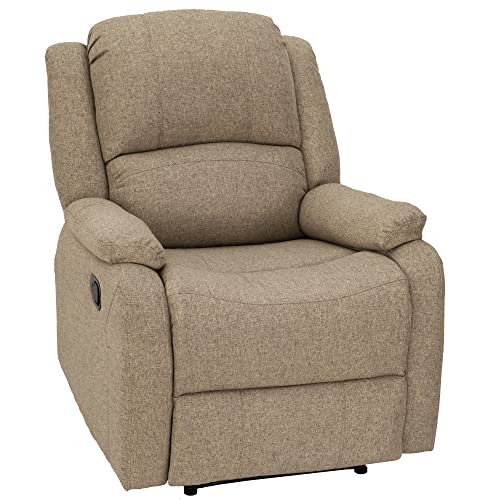Redbearded
Well-known member
- Joined
- Oct 28, 2017
- Messages
- 173
- Reaction score
- 0
Hi All,
So I'm just a couch commander on this stuff so far, but I'm puzzling stuff out so that can change
I think I have decided that I am going to use a chest freezer converted to a fridge for my food storage, and I have no idea what size I should go with. Power will not be an issue, but the depth from the back wall may be. Any thoughts on what size to go with? Smallest looks to be 5 cubic feet, and they go up from there.
I saw one that was a dual zone one that looked interesting conceptually (set one up for a freezer and one a fridge maybe?) it was 9 cubic feet (this may be too big, I have no idea).
Link to dual zone the reviews kinda suck, but I like the idea. I like that it is only 2ft wall depth.

I'm thinking about putting a cutting board top above it, that has a mechanism to be able to open the freezer while not disturbing the stuff on the cutting board (still at the conceptual stage, maybe gas strut assisted), and having the sink next to it.
So, thoughts on sizing?
So I'm just a couch commander on this stuff so far, but I'm puzzling stuff out so that can change
I think I have decided that I am going to use a chest freezer converted to a fridge for my food storage, and I have no idea what size I should go with. Power will not be an issue, but the depth from the back wall may be. Any thoughts on what size to go with? Smallest looks to be 5 cubic feet, and they go up from there.
I saw one that was a dual zone one that looked interesting conceptually (set one up for a freezer and one a fridge maybe?) it was 9 cubic feet (this may be too big, I have no idea).
Link to dual zone the reviews kinda suck, but I like the idea. I like that it is only 2ft wall depth.

I'm thinking about putting a cutting board top above it, that has a mechanism to be able to open the freezer while not disturbing the stuff on the cutting board (still at the conceptual stage, maybe gas strut assisted), and having the sink next to it.
So, thoughts on sizing?




























































